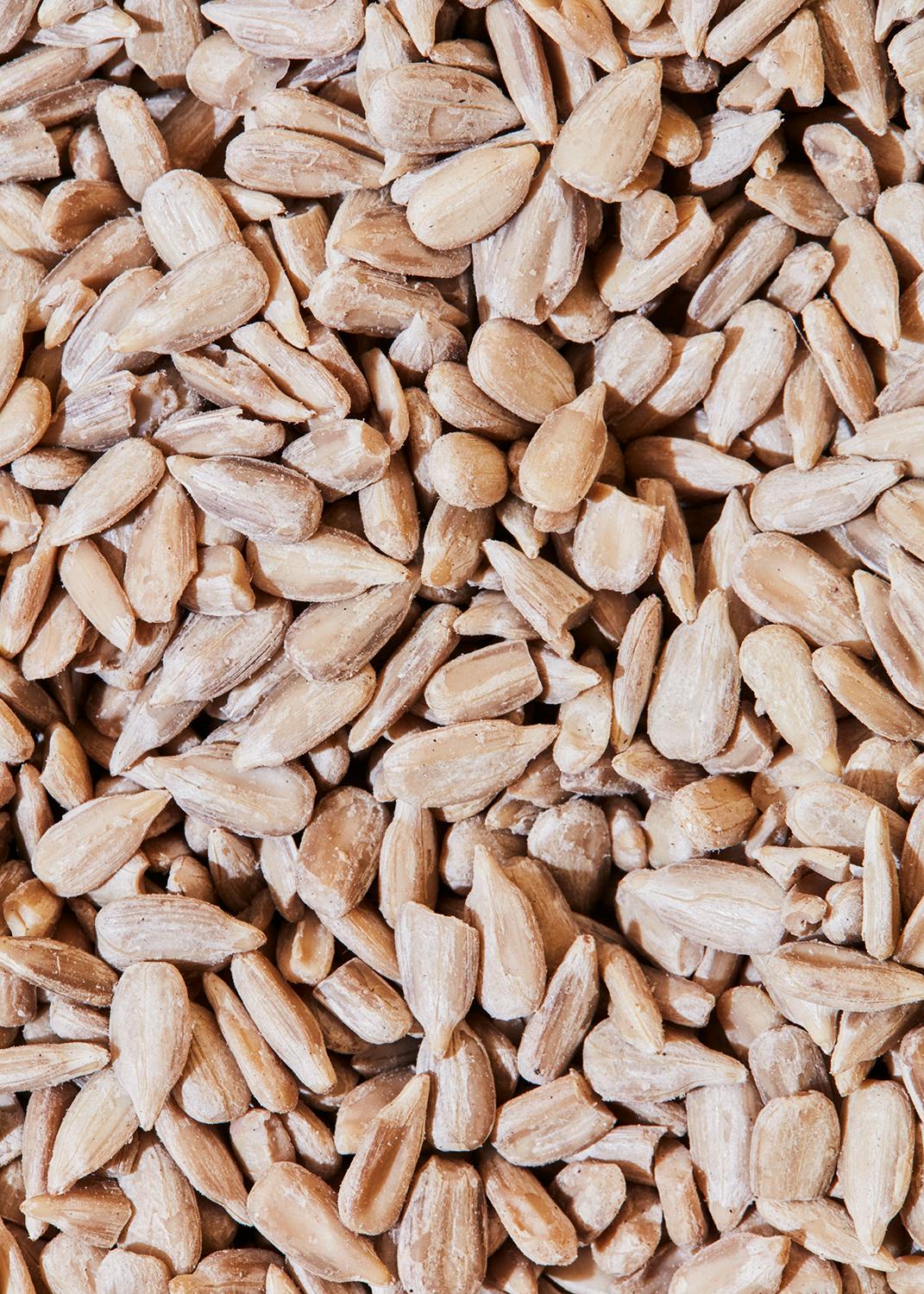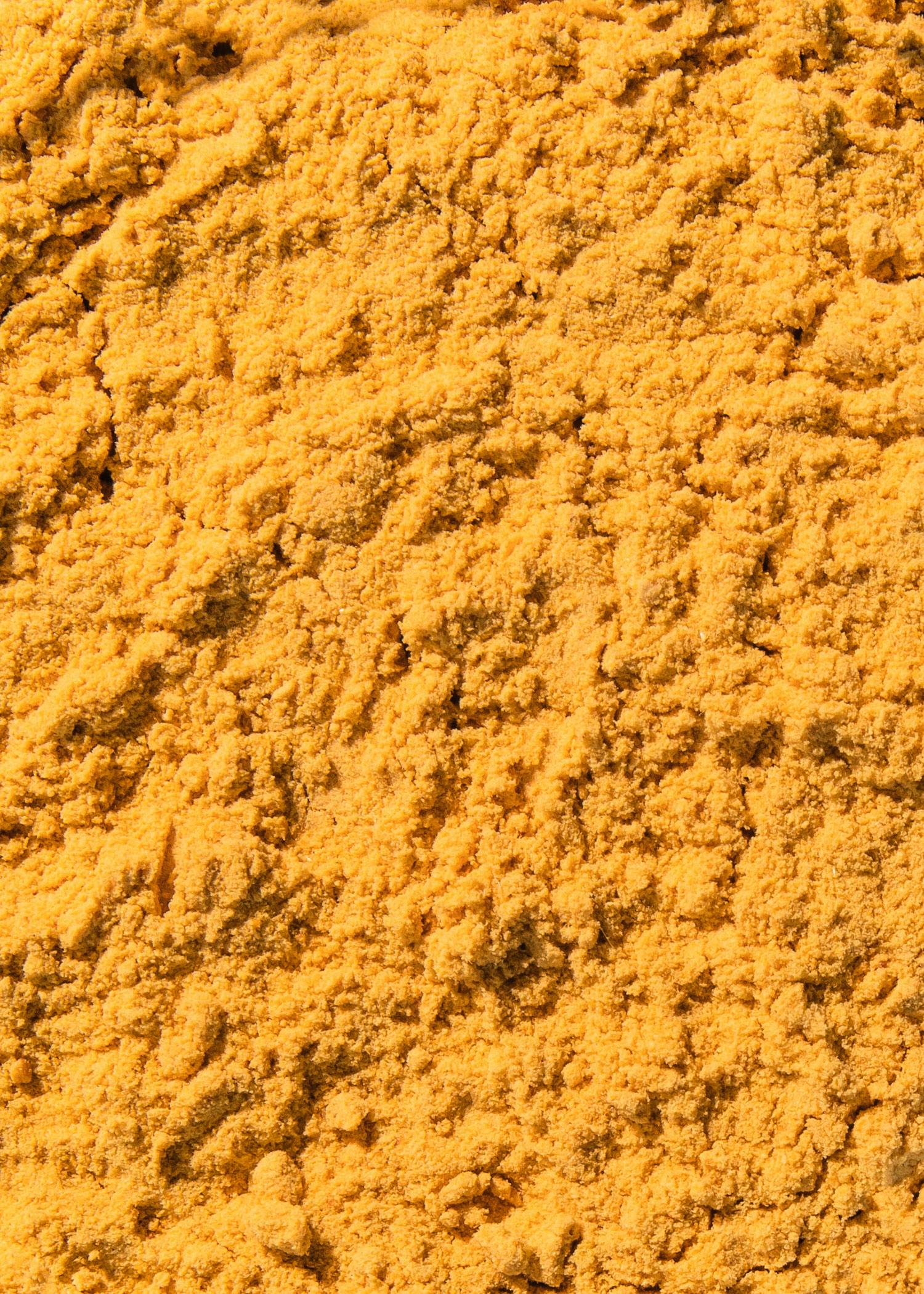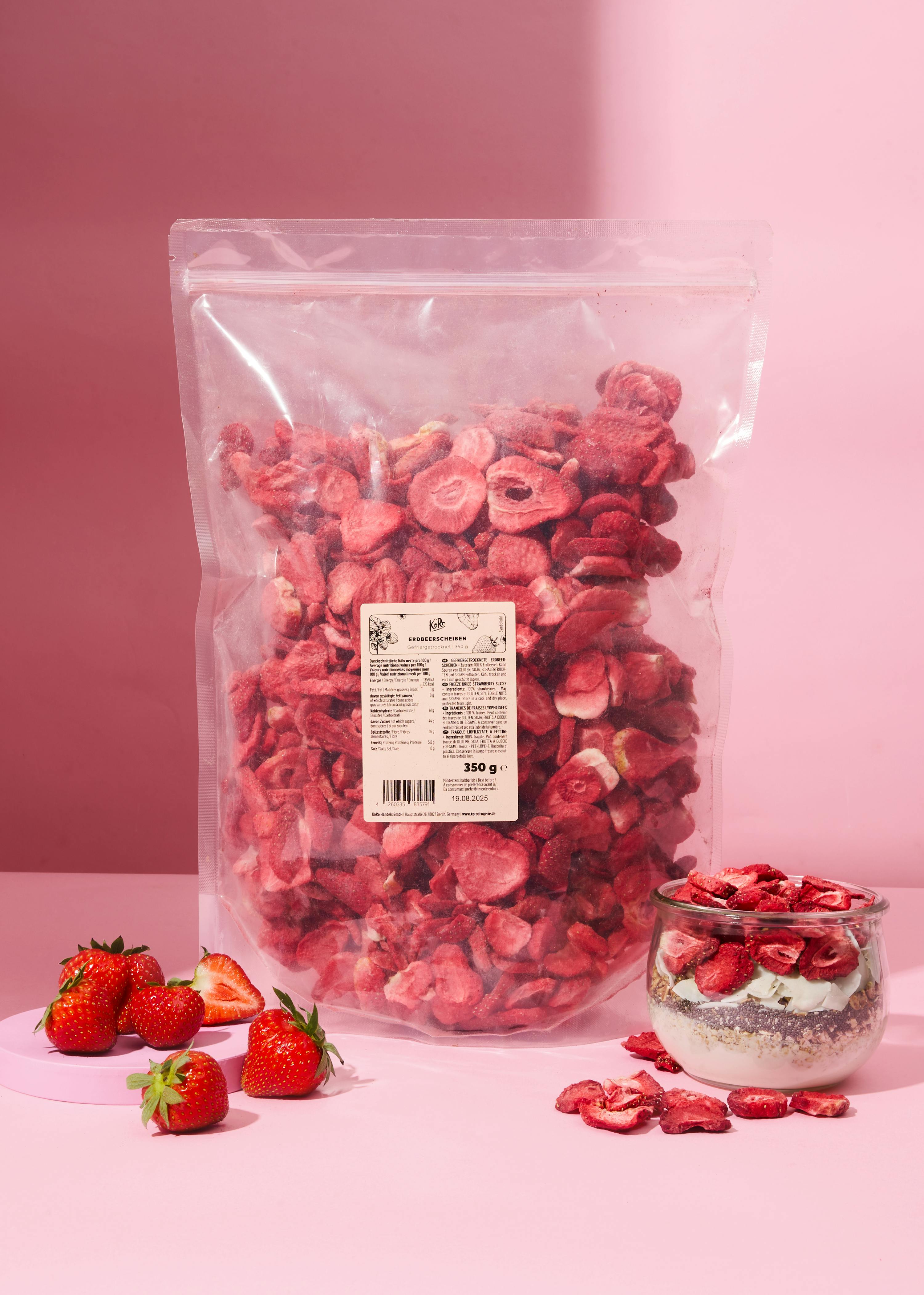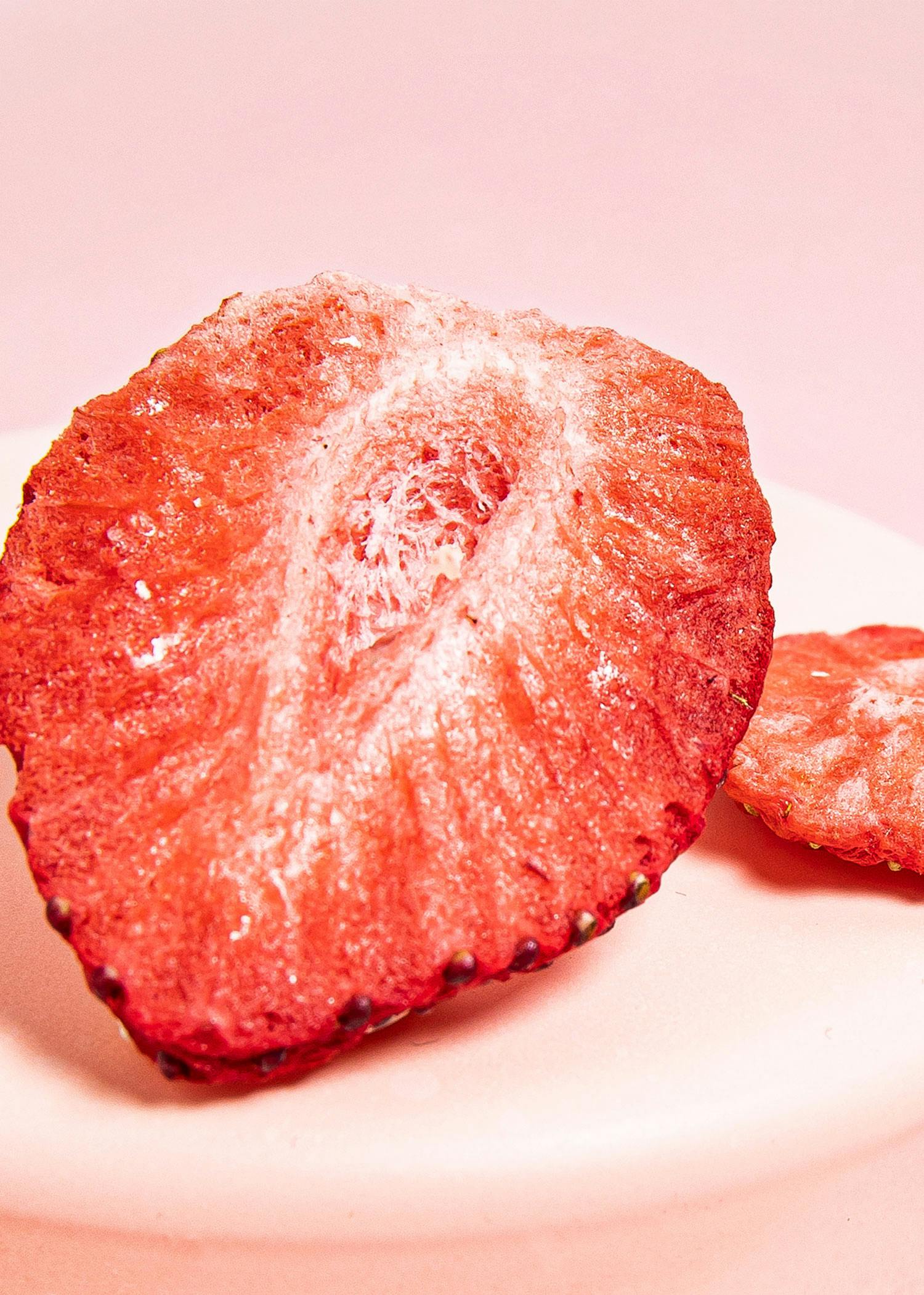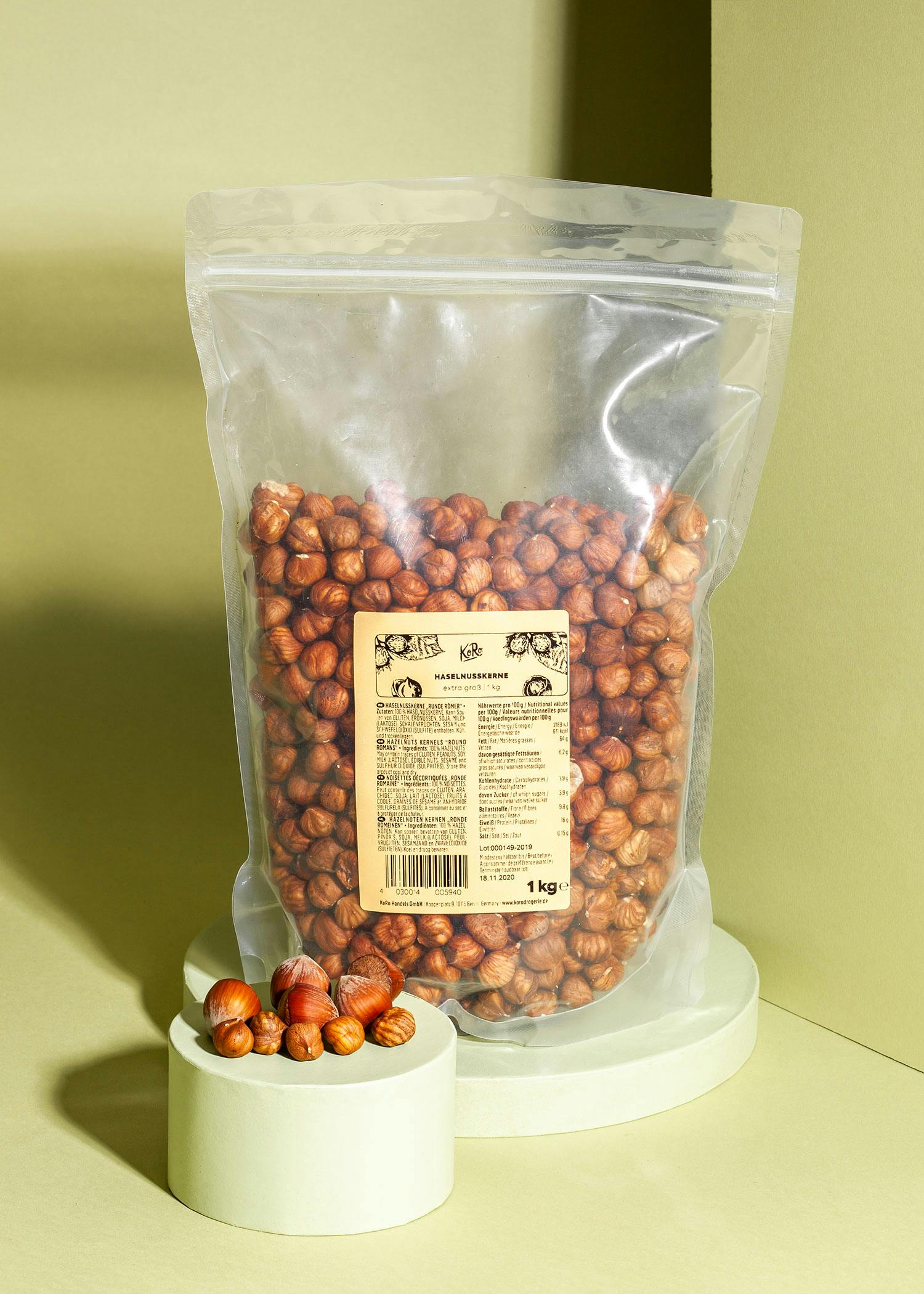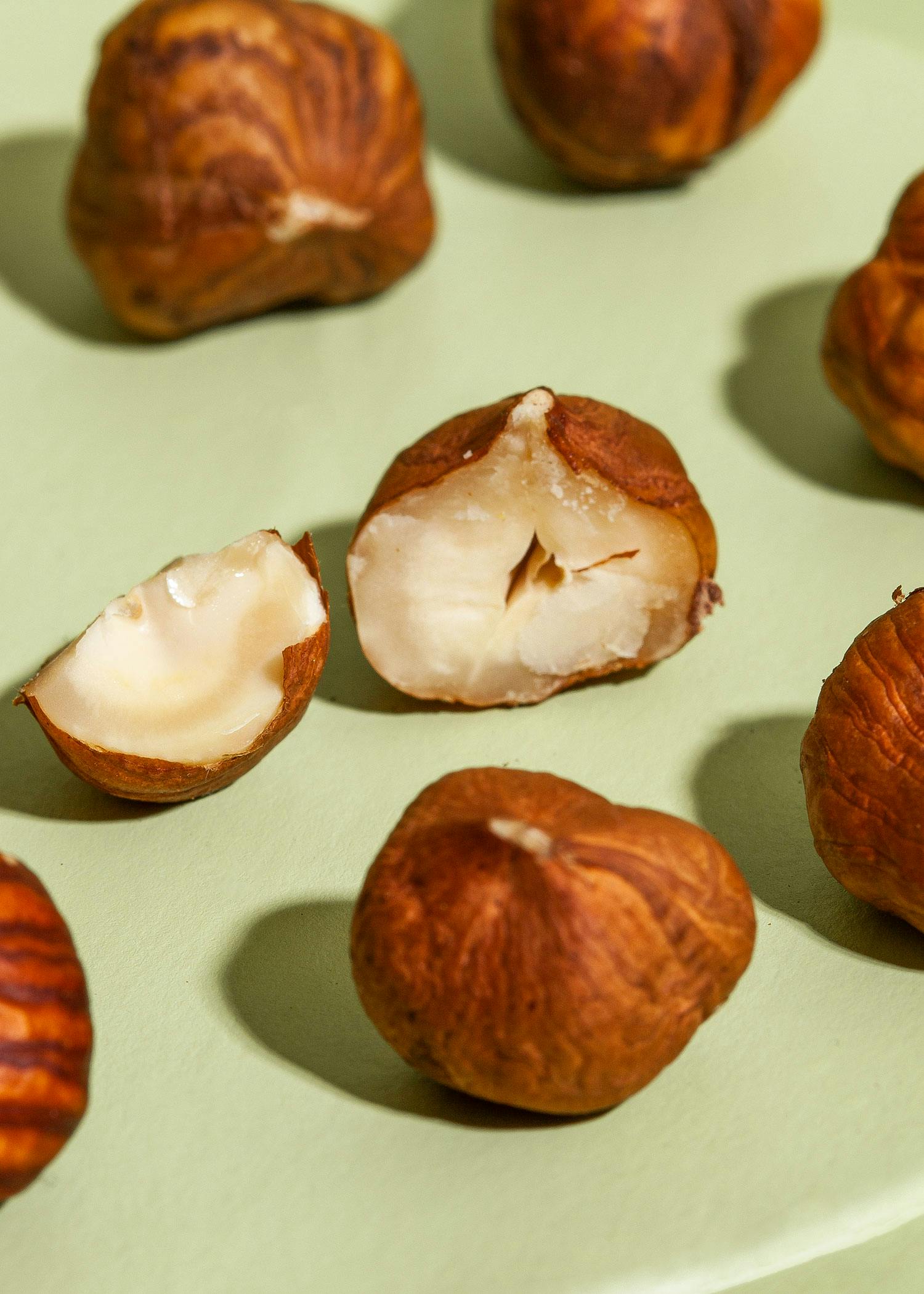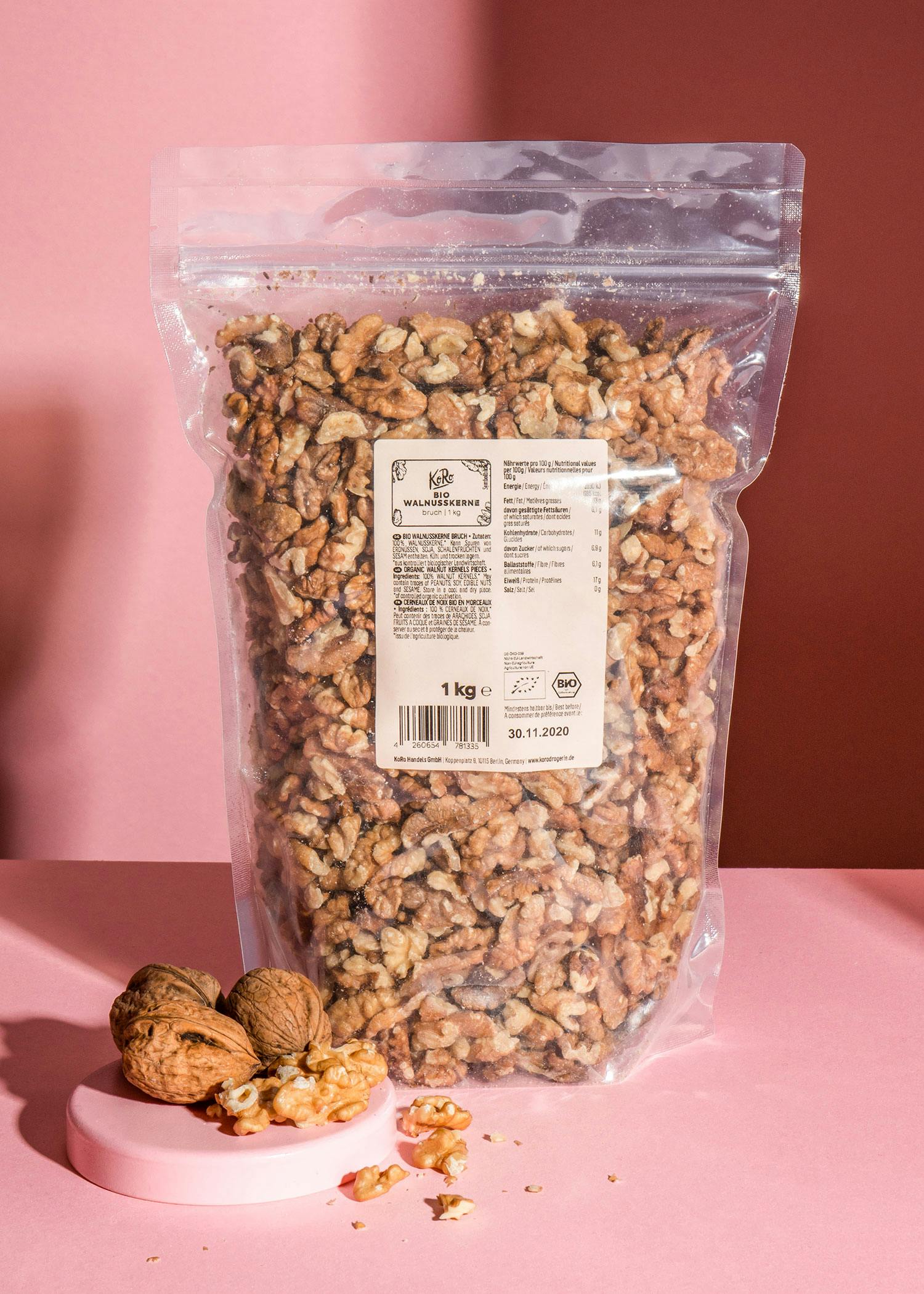Wild fruits: for delicious recipes or as a snack
A walk through the forest can not only be super beautiful and relaxing, but can also spice up your culinary repertoire! Many wild fruits grow literally on our doorstep. But make sure you equip yourself with an identification book or a plant identification app to make sure that the fruits really are edible. Otherwise, some
poisonous
fruits could easily be mistaken for its edible lookalike. We have put together some of the most common varieties for you:- Cornelian cherries:
These fruits can be eaten raw and not only taste like cherries, they also look like them! They are ideal for snacking and for jams, desserts or liqueurs. They are also just as good for spitting cherry pits as their famous dark-red counterparts.
- Wild blueberries
: You probably only know blueberries from the supermarket, but did you know that the sweet, dark blue berries can be found on low-growing bushes? But be careful: unlike blueberries from the supermarket, the color is stubborn and difficult to remove from hands and clothing.
- Elderberries
: Elderberries are small, dark berries that grow in large clusters on red-pink stems. You are probably familiar with them from juices, jams and cakes. The same applies here: keep the fruit juice away from your clothes! You can also use the flowers, e.g. to make elderflower syrup or an elderberry cake.
- Rosehips
: The oval red-orange fruits of wild roses have a slightly sour taste and contain vitamin C. You can make them into tea or jam.
- Wild strawberries
: Wild strawberries look like a miniature version of strawberries from the supermarket. With their sweet and sour taste and heart-shaped leaves, you can easily recognize them. Not only are they super tasty, they are also a popular ingredient in desserts, jams, smoothies or on their own as a snack while hiking and camping.
The season for these delicious wild fruits usually runs from spring to fall in most parts of Europe. In the Nordic forests you can track down a particularly large number of these berries. But depending on where you are and what the weather is like, harvesting conditions will vary. So it's best to research when and where you can best find these wild treasures. Better safe than sorry!
Wild herbs: versatile ingredient for an extra spicy note
Wild herbs are real all-rounders in wild cuisine. Not only are they aromatic, they are also full of vitamins and minerals. Some of them are probably better known as "
weeds", but actually wrongly
so.Many species have been traditionally used as medicinal herbs for centuries, but the identification and correct use of wild herbs requires a little know-how and, above all, attention. If you're not quite sure, grab some identification books or apps before you go wild harvesting. Here are some of the wild herbs you might come across in the wild:
- Wild garlic
: wild garlic is one of the most well-known wild plants in Europe and made for all garlic fans due to its garlicky taste. During the flowering period from the end of April to the beginning of May, whole sections of forest can even smell of wild garlic! It is really good for pesto, herb butter (or margarine), soups, sauces and as a pasta seasoning.
- Goutweed
: You can recognize this herb by its jagged leaves. With its mild, spicy taste, it is the icing on the cake for salads, smoothies or your favorite dish.
- Dandelion
: With its serrated leaves and the bright yellow of its flowers, it brightens up any plate. Its slightly bitter aroma gives salads, dips and vegetable dishes an extra dose of pep. And you can use its flowers to conjure up a delicious plant-based honey alternative! Cool, isn't it?
- Sorrel
: This plant has long, lanceolate leaves and a - you guessed it - sour taste. It adds a refreshing acidity to soups, sauces and salads and can also be used as a seasoning for fish or egg dishes.
- Yarrow
: This herbaceous plant has finely feathered leaves and is easy to find in flower meadows. The taste of yarrow is reminiscent of rocket and adds a spicy note to salads, sandwiches and pasta. No wonder it is so popular in Mediterranean cuisine.
Now you're ready to rock the culinary wilderness! The variety of wild fruits and herbs is very diverse and offers a real variety of flavors. As soon as you get the hang of it and can confidently identify the plants, a festival of the senses awaits you.
Nuts & seeds: Crunchy snack fresh from the wild
In European forests, you will not only find fruits and herbs, but also an abundance of nuts and seeds. The various nuts and seeds are not only culinary treasures, but are also full of valuable nutrients, ideal for outdoor enthusiasts.
- Hazelnuts
: Hazelnuts can be found in mixed forests and can be recognized by their roundish shells. The harvest season runs from late summer to fall, so grab your nutcracker and get ready. You can nibble them raw, roast them or incorporate them into pretty much any dish, from cakes to salads.
- Walnuts
: Walnuts are easily recognizable by their green fleshy shell. However, the actual nuts are still hidden in the hard brown shell and ripen in the fall. Not only are they delicious, they are also packed with omega-3 fatty acids and antioxidants, making them the superheroes of nuts. You can snack on walnuts on their own or add them to salads or baked goods.
- Beechnuts
: Beechnuts are the seeds of the beech tree and have a triangular, shell-like covering that needs to be removed to get to the edible inside. They are ripe in the fall and you can roast and grind them to make flour, for example - a real all-rounder in the wild kitchen.
- Sunflower seeds
: You can collect sunflower seeds from faded sunflowers. They can often be found in sunny clearings and meadows from late summer to fall. Sunflower seeds are suitable as a snack on their own or as a topping for salads and muesli - so delicious!
Psst... a little tip: If you're not out in the forest during the right season, you can also get your favorite nuts and nut mixes super easily from our online store!
Safety & sustainability for your wilderness kitchen
Cooking in or with the wilderness is not just about taste, but also about responsibility. Here are a few golden rules:
Stay away from nature reserves, private property and protected species.
Only collect as much as you really need so as not to put unnecessary strain on the ecosystem - nature will thank you for it!
Be on the safe side. Don't pick poisonous plants and leave the berries that grow close to the ground in place to avoid the fox tapeworm.
Last but definitely not least: you should of course be careful when handling fire outdoors and make sure that the campfire or camping stove is placed safely and nothing is set on fire.
Enjoyment in the wilderness
Cooking and eating in the wilderness is also a great way to bring friends and family together and enjoy the moment together. Eating outdoors can be a real experience for the senses: the fresh air, the sounds of nature and the freshly prepared food in the open air. If you want to make things a little easier for yourself or it's not the season for the wild ingredients you need, then take a look at our online store - you'll always find what you're looking for here! You can also buy fresh wild herbs in the supermarket. So you can bring that wild feeling home with you at any time!
With a few preparations, you can spend a wonderful time in nature with your loved ones. This will definitely create memories that will last forever! With our practical tips and recipes for wilderness cooking, you'll be well prepared for your next culinary adventure à la "
7 vs. Wild"in the European wilderness!
Now that you know about the delicious fruits and herbs of the wild, you'll want to try out some recipes to turn these ingredients into delicious dishes. You can vary the ingredients according to season and availability and develop your own favorite seasonal recipes. Here is a selection of our favorites:
Simple recipe for a wild herb salad
Fruity pancakes with fresh ingredients from the wilderness



